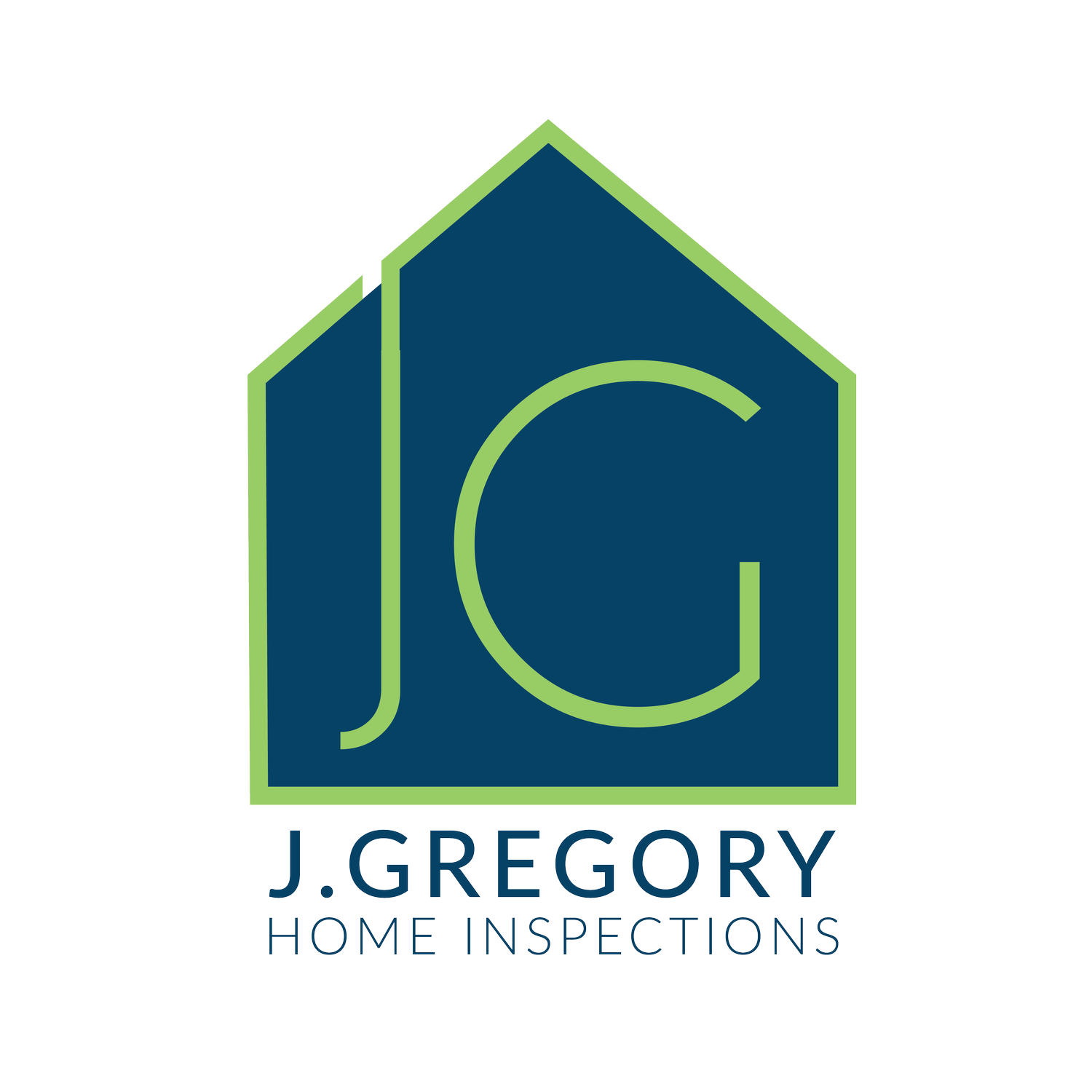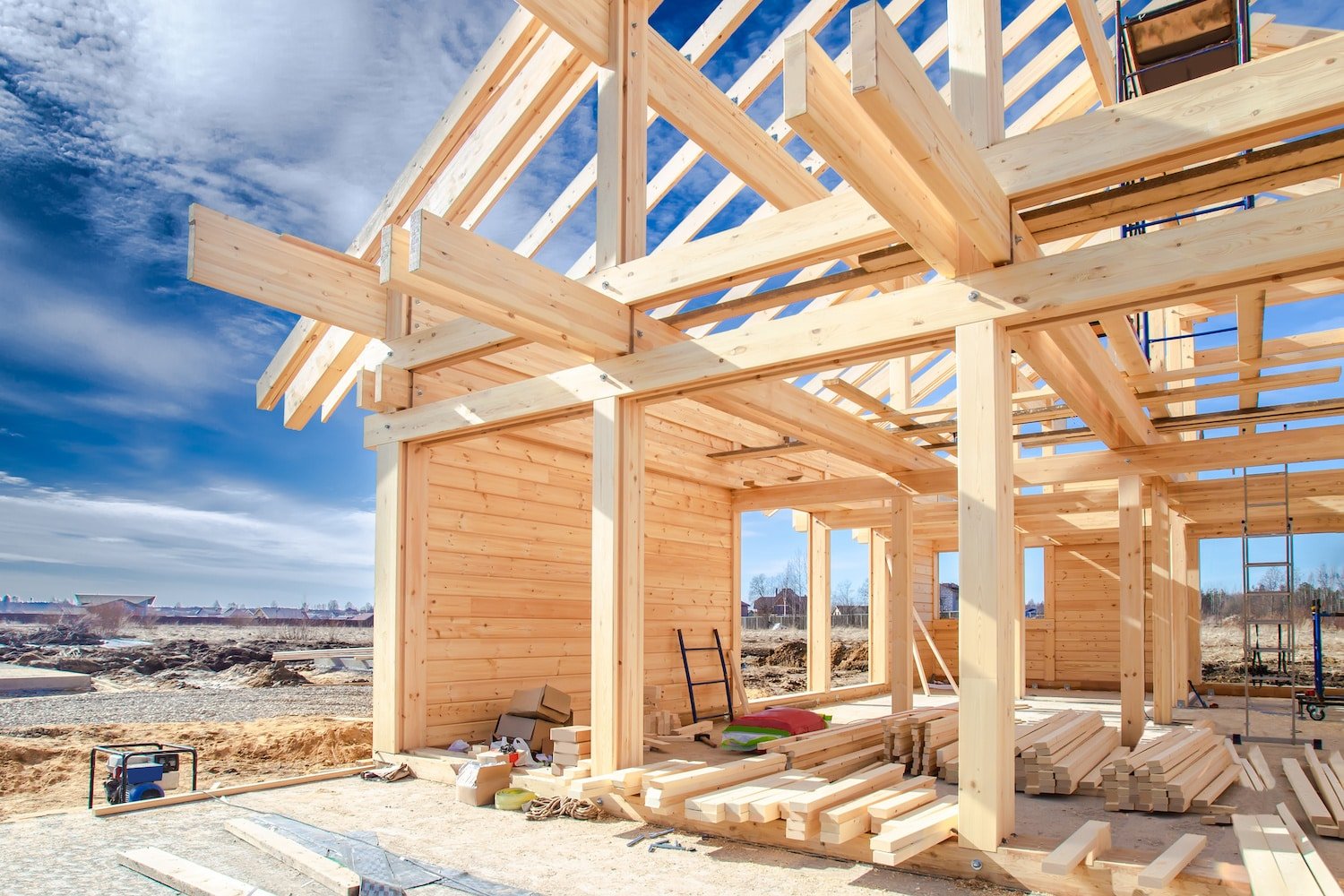All Inspection Services Offered
Full Home Inspections
Wind Mitigation Inspections
Four Point Inspections
New Construction Inspections
11-Month Warranty Inspections
Condo Inspections
Townhome Inspections
Manufactured Home Inspections
Roof Inspections
Drone Inspections
Commercial Building Inspections
Areas We Serve
Pensacola
Navarre
Gulf Breeze
Milton
Pace
Fort Walton Beach
Destin
Crestview
Cantonment
Whiting Field
Baker
Holt
30A
Miramar Beach
Freeport
Mary Esther
Perdido Key
Shalimar
Niceville
Inlet Beach
surrounding areas





















